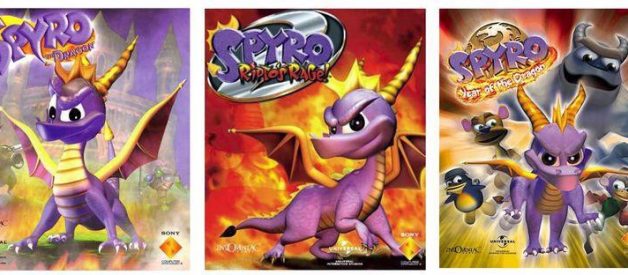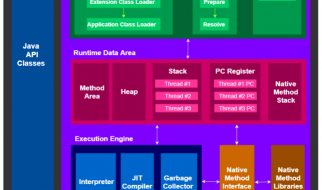
Spyro the Dragon, originally released for Playstation 1 back in 1998 has sparked multiple sequels, reboots, and even a whole new franchise. With Toys for Bob having released the new Spyro Reignited Trilogy; aiming at rekindling the flame of the original trilogy, I thought it would be interesting to take a look at how Spyro has evolved over the course of the games.
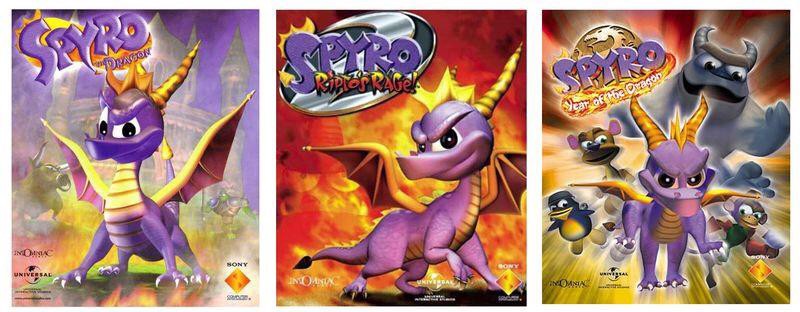 Original Spyro Trilogy Cover Art
Original Spyro Trilogy Cover Art
So let?s start by looking at the original Spyro games developed by series creator Insomniac Games. Spyro the Dragon, the first installment in the series provides the core gameplay that established Spyro as a unique 3D platformer. The main platforming loop in the game is the jump-glide. The jump button if pressed while in air will cause Spyro to start gliding forward, slowly losing altitude until he lands. This isn?t Spyro?s only traversal tool, charging is a versatile ability that increases your movement speed while also doubling as an attack that allows you to kill some types of enemies. Charge combined with jump and even glide leads to traversing much longer gaps. And of course, what dragon would be complete without being able to breathe fire? In addition, Spyro has one of the best uses of a diegetic health bar; Sparx the dragonfly will follow Spyro wherever he goes, changing to different colors indicating how much health you have, before finally disappearing when you are about to die. In addition, Sparx will pick up gems for you if they are close by, incentivizing you to stay healthy!
 Tree Tops in Spyro Reignited
Tree Tops in Spyro Reignited
With two basic attacks, charging, and fire-breathing, enemies take on a variety of types. Enemies that wear metal signal that you can?t flame them, while big enemies signal you can?t charge them. These two combine in a surprising number of ways where even a big enemy wearing metal can be turned around ? exposing an achilles heel. In addition there are special enemies called egg-thieves that carry dragon eggs. These thieves will run around in a preset loop and the only way to catch them is to cut them off with charge or a flame. All in all, Spyro 1 has a lot of enemy diversity and personality. This coupled with it?s sometimes tricky level design gives the game enough complexity for casual players to be completely stumped by some jumps / puzzles, particularly in the levels Tree Tops and Haunted Towers. This trait of being a simple game while not being afraid to throw convoluted platforming challenges is something that although can be frustrating does make for a memorable experiences. These advanced challenges are not further explored in future installments.
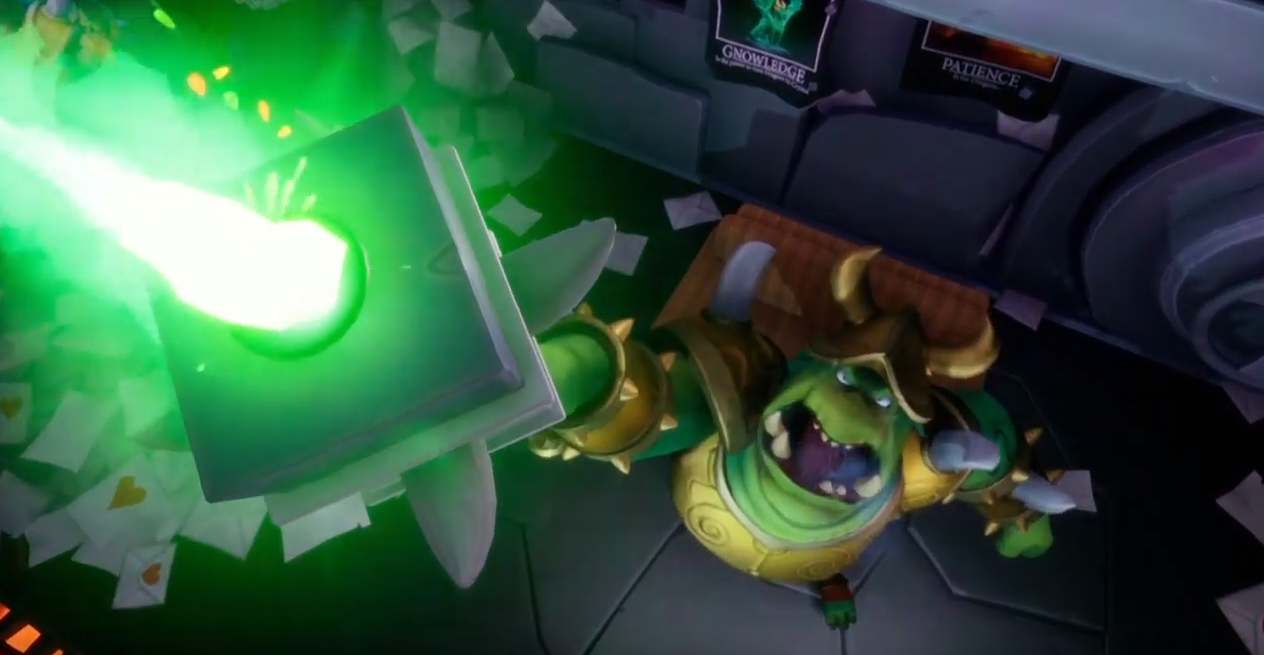 Gnasty Gnorc in Action
Gnasty Gnorc in Action
The plot of Spyro 1 (S1) can be summarized as follows: Gnasty Gnorc has encased all the dragons in stone and scattered the gems across the world, turning some of the gems into his minions after being made fun of on dragon TV. It is up to Spyro to free the dragons and recover the treasure. The progression through the worlds is gated by a balloonist, who checks to make sure Spyro has collected enough gems, dragons, or eggs before allowing him to use his balloon to fly to the next world.
Bosses in S1 are less like actual combat fights and more like timing, charging, and platforming challenges. The best example of this is the final boss Gnasty Gnorc, who doesn?t actually fight you. Spyro just has to chase him, flame him once, and then do one last timed platforming challenge over a pit of lava.
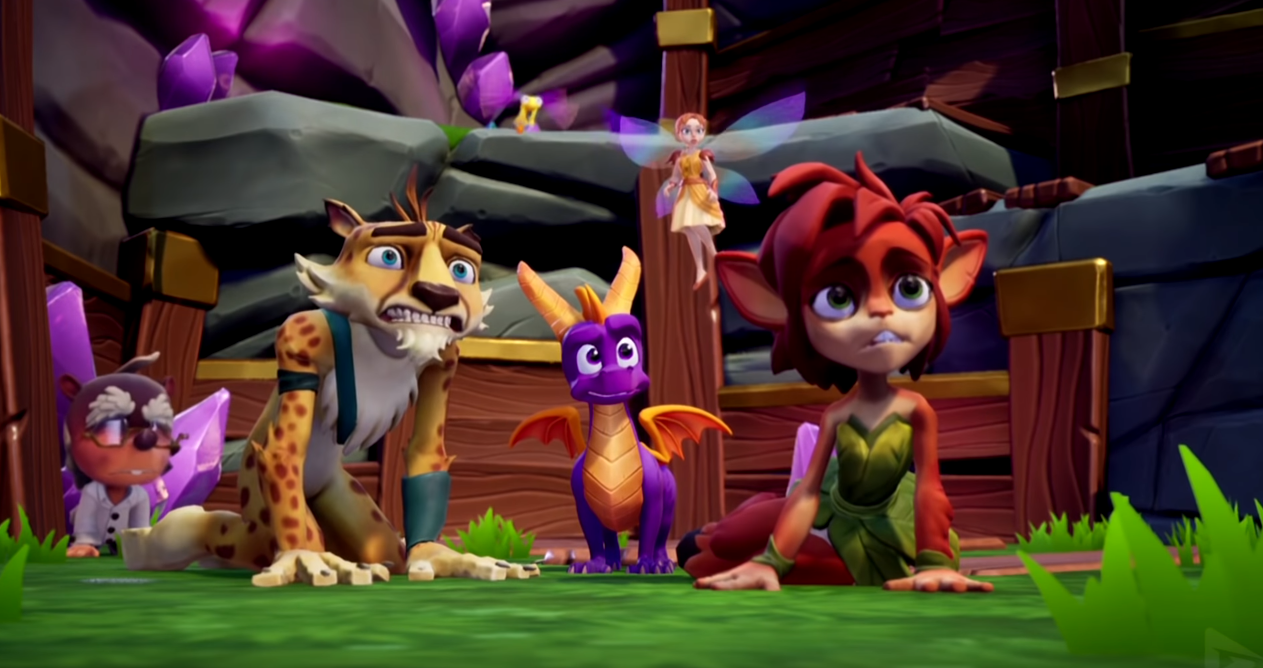 Professor, Hunter, Spyro, and Elora shocked by Ripto?s entrance
Professor, Hunter, Spyro, and Elora shocked by Ripto?s entrance
This all changed in Spyro 2, as well as the basic progression systems. Spyro visits Avalar, which is made up of 3 home worlds, with a boss fight after each world. To get to the boss fight for the first two worlds, Spyro must complete 6 levels in the first world, and 8 levels in the next world to receive their talismans. Afterwards the final boss can be unlocked by attaining 40 orbs, which are rewarded for completing tricky jumps, challenges, or minigames.
When it comes to overall mechanics, Spyro?s mechanics remain mostly the same, with the addition of a hover button, which allows you to gain a little extra height at the end of a glide. This serves as both a new skill for the player to master longer jumps, and as a way to save yourself if you misjudge the distance of a gap. However, with the addition of mini-games and challenges rewarding orbs, it seems that overall enemy behavior doesn?t have quite as much diversity compared to S1. There aren?t a lot of unique enemy interactions, but the good news is that each level in this game has unique and memorable enemies, characters and stories. This is the best part about S2: each level, including the overall story, has a beginning cutscene that establishes what this world is like and what troubles have been plaguing it. Levels all have a playable climax where Spyro fixes the problem, and an ending scene where the inhabitants thank Spyro, topped off with an additional ending cutscene upon leaving the world. This basic storytelling structure that is carried throughout the game really makes each level come alive with personality while allowing the player to really feel like they made a difference. Although some cutscenes employ dark humor in a kids game, they ultimately provide a fun moment of rest and closure.
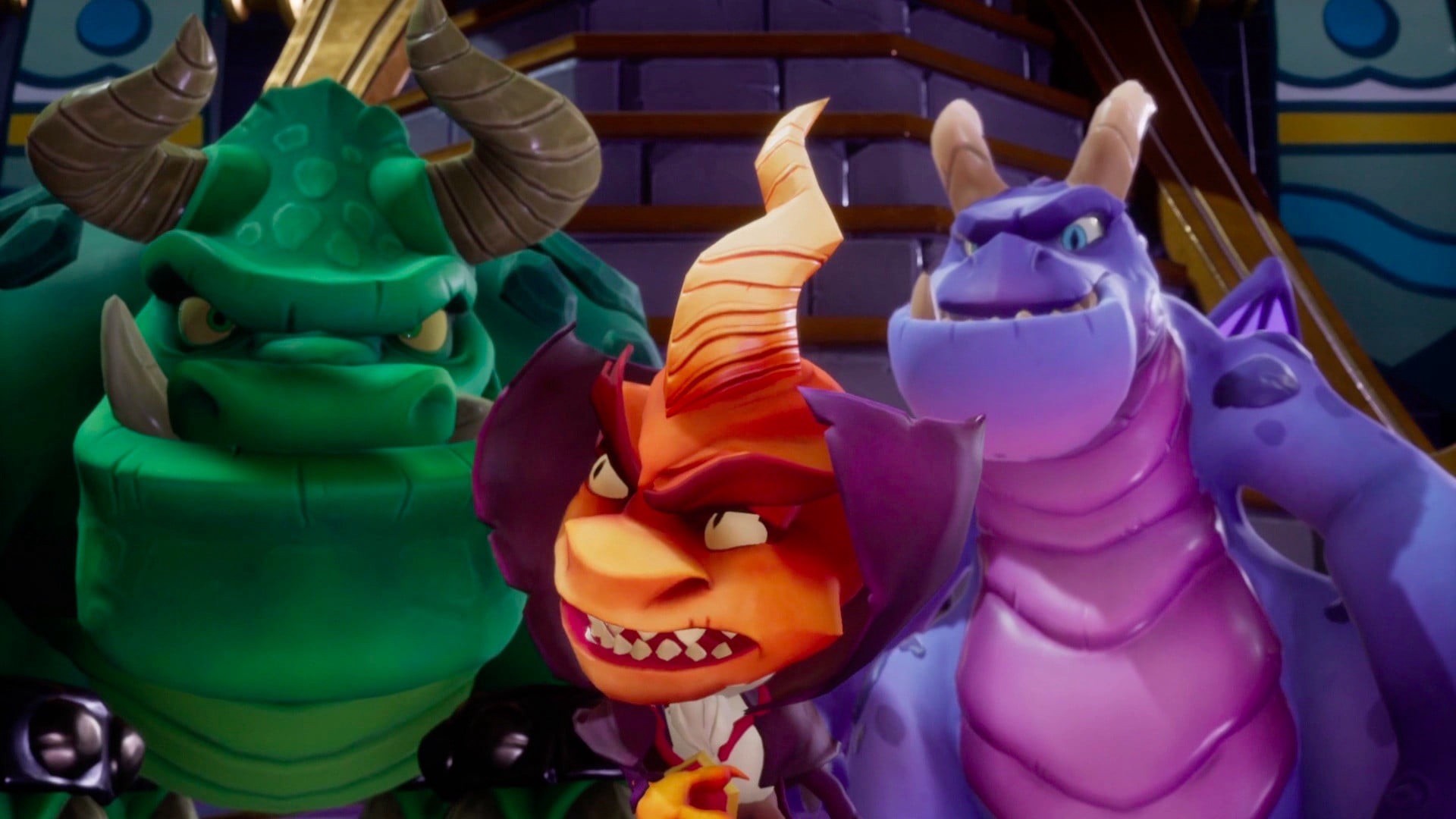 Gulp, Ripto, and Crush
Gulp, Ripto, and Crush
Now, about the overall story and progression: S2 is about a tyrant named Ripto and his two henchman Crush and Gulp coming to Avalar and wreaking havoc on the world. Of course Avalar?s inhabitants are no match for Ripto, but if there is one thing he hates, it?s dragons. So naturally Avalar?s professor devises a way to bring a dragon to their world, which intercepts Spyro on his way to a vacation. Besides talismans and orb checks, a character by the name of Moneybags, a bear with an obsession for gems who acts as a gatekeeper, who will teach Spyro abilities, and unlock bridges and portals at the expense of some gems. Spyro is also accompanied by Elora, and Hunter, who serve as guides on his adventure through Avalar. Hunter, though doubles as a minigame host in a variety of worlds, doing all sorts of activities.
 Spyro recieving an Orb
Spyro recieving an Orb
The biggest difference gameplay-wise from S1 to S2 would be the use of minigames and how bosses work. Minigames provide a lot of variety, from puzzles and timing challenges, to playing hockey, saving turtles, and riding a manta-ray there are a lot of challenging mini-games. For bosses in S2, the game no longer relies on platforming or chasing simple creatures down, instead the three bosses Crush, Gulp, and Ripto are all more fighting oriented arena based fights with healthbars and everything. Crush, is a simple fight consisting of dodging attacks and flaming him, while Gulps attacks get stronger the more health he loses. Additionally, you can only damage him by using certain items that drop on the ground. This culminates in the final boss Ripto, which is a three phase fight.
The first phase of ripto is his ground phase, where he will shoot lasers at you. He is immune to normal attacks but luckily the orbs you have been collected will drop from the sky in three colors. Ripto and Spyro can both collect three orbs and gain a power up specific to the last color they picked up. The 2nd phase of the fight, is Mecha-Gulp, where Ripto creates a mechanized gulp to ride on. This is pretty much the same as the first phase, although Mecha-Gulp now has new stronger abilities to use. The final phase of the fight, Ripto creates a mechanized bird to fly on, as Spyro gains the power to fly and shoot fireballs as the arena they stood on is now flooded with lava. Ripto will still be shooting lasers at you, but at this point in game the player should be familiar enough with the flying, and fireball powerups to take him down.
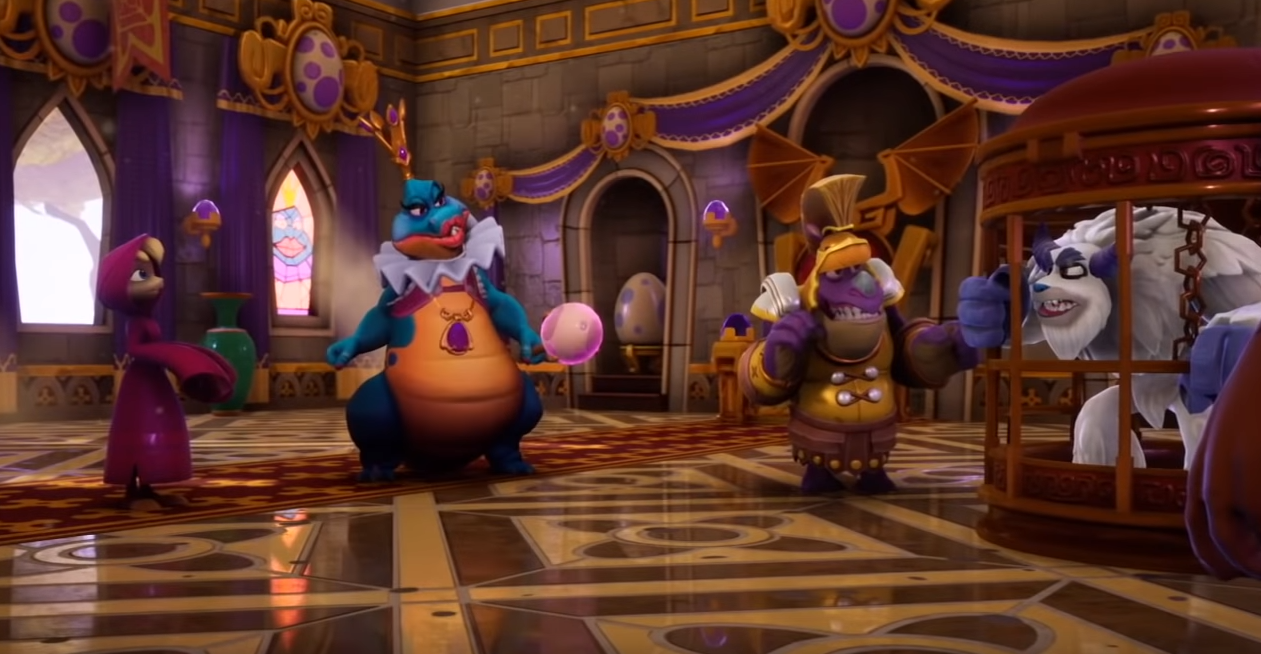 Bianca, The Sorceress, a Rhinoc, and Captive Bentley
Bianca, The Sorceress, a Rhinoc, and Captive Bentley
Now in Spyro 3 (S3), the story begins with a mysterious character under the command of the Sorceress infiltrating the dragon world and stealing all the dragon eggs. It?s up to Spyro to bring back the eggs, but once they arrive they find that creatures called Rhinocs have been sent by the Sorceress to do her bidding. Bianca, the mysterious apprentice to the Sorceress, informs Spyro threateningly that it would be best if he went back to the dragon realm. Later after multiple attempts to stop Spyro, and uncovering the Sorceress?s plan to kill the dragons and use their power to live forever, Bianca with a little talk with Hunter, decides to help Spyro in defeating the Sorceress.
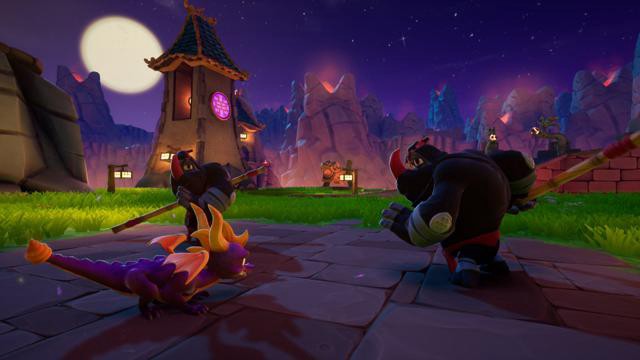 Fireworks Factory in Spyro Reignited
Fireworks Factory in Spyro Reignited
The mechanics and progression in S3 are the same as S2, the big feature being Spyro?s four new friends (who are held captive by the Sorceress and Moneybags) act as plot material for new defined mini-games across levels. There are four home worlds with a boss after each one. None of the bosses in this game, including the final boss the Sorceress, have multiple phases. The good news is that these bosses are pretty fun to fight. They all have unique attack patterns or a gimmick and generally speaking the design of each are solid. The biggest problem I have with the Sorceress fight is that there isn?t any dramatic build up to fighting her. Sure, you collected a bunch of eggs, but there is no interaction in the story between the Sorceress and Spyro. Additionally, the boss battle is a lot more mini-game-gimickey than most, being that the way to damage the Sorceress is to wait for a turret, tank, or UFO to drop down from overhead balloons. It would have been cool to use the turret, tank, or UFO outside the final fight, and then have another gimmick for the Sorceress.
With Ripto or Gnasty, there were components of what you had been doing all game, charging, and flaming. With the Sorceress there is just a mini game thrown at you.
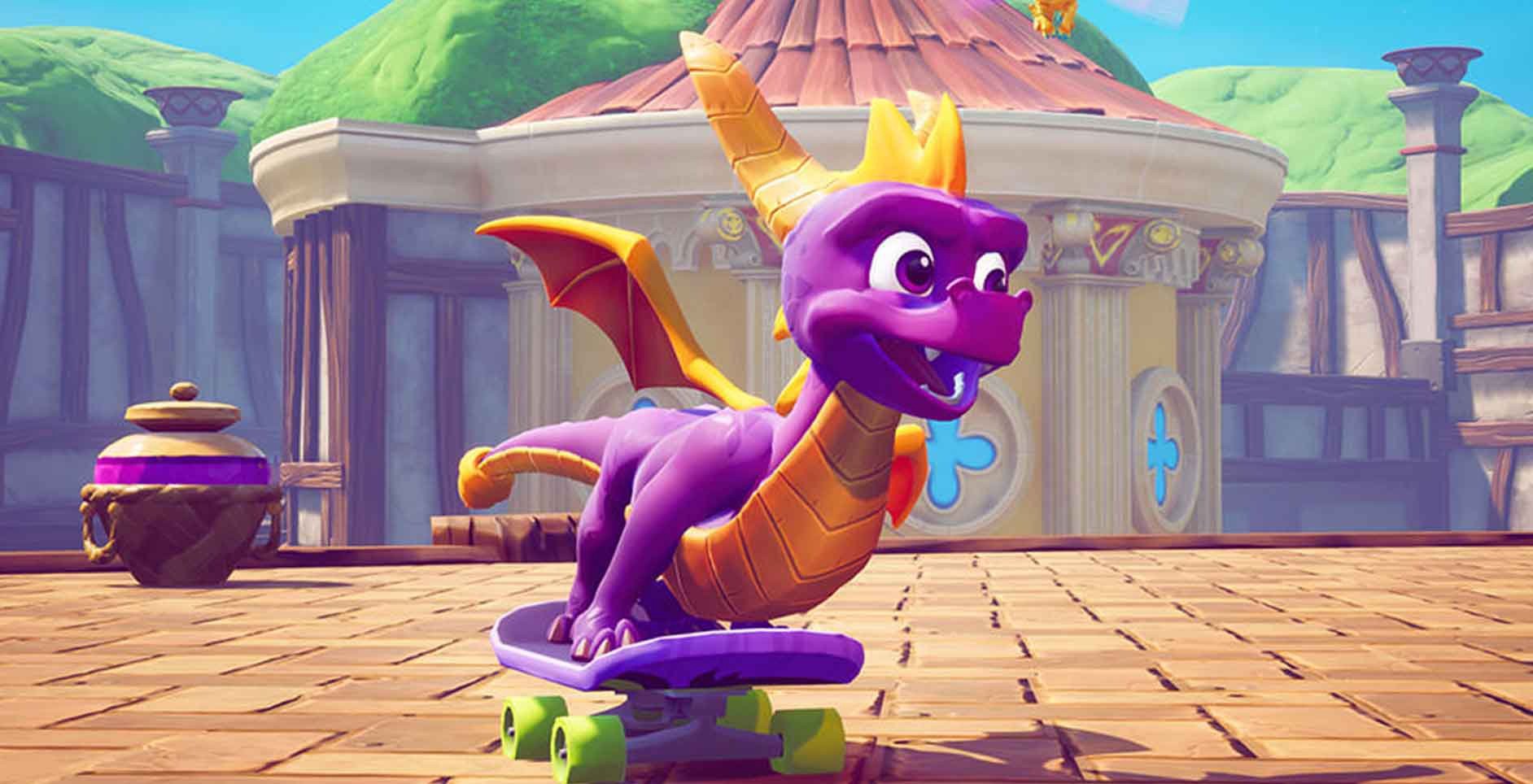 Spyro Skateboarding
Spyro Skateboarding
On the subject of mini-games, that seems to be the focus of S3, as there are some really good, hard, and memorable mini-games, like skateboarding, racing, and others. In certain mini games the player gets to play as one of Spyro?s friends, each providing a different kind of gameplay. You have Sheila the kangaroo who can jump really high, but is slow in horizontal movement. Sgt. Byrd, who can fly and shoot missiles but is really slow on the ground. Bentley the yeti who is big and slow but can push blocks, reflect projectiles, and hit things very hard. Last but not least, there?s Agent 9, the monkey with a laser gun for shooting portion of mini-games.
With all these features, it is really cool to see the progression of Insomniac go from Spyro?s mechanics and minigames and apply that knowledge to their next franchise, Ratchet and Clank.
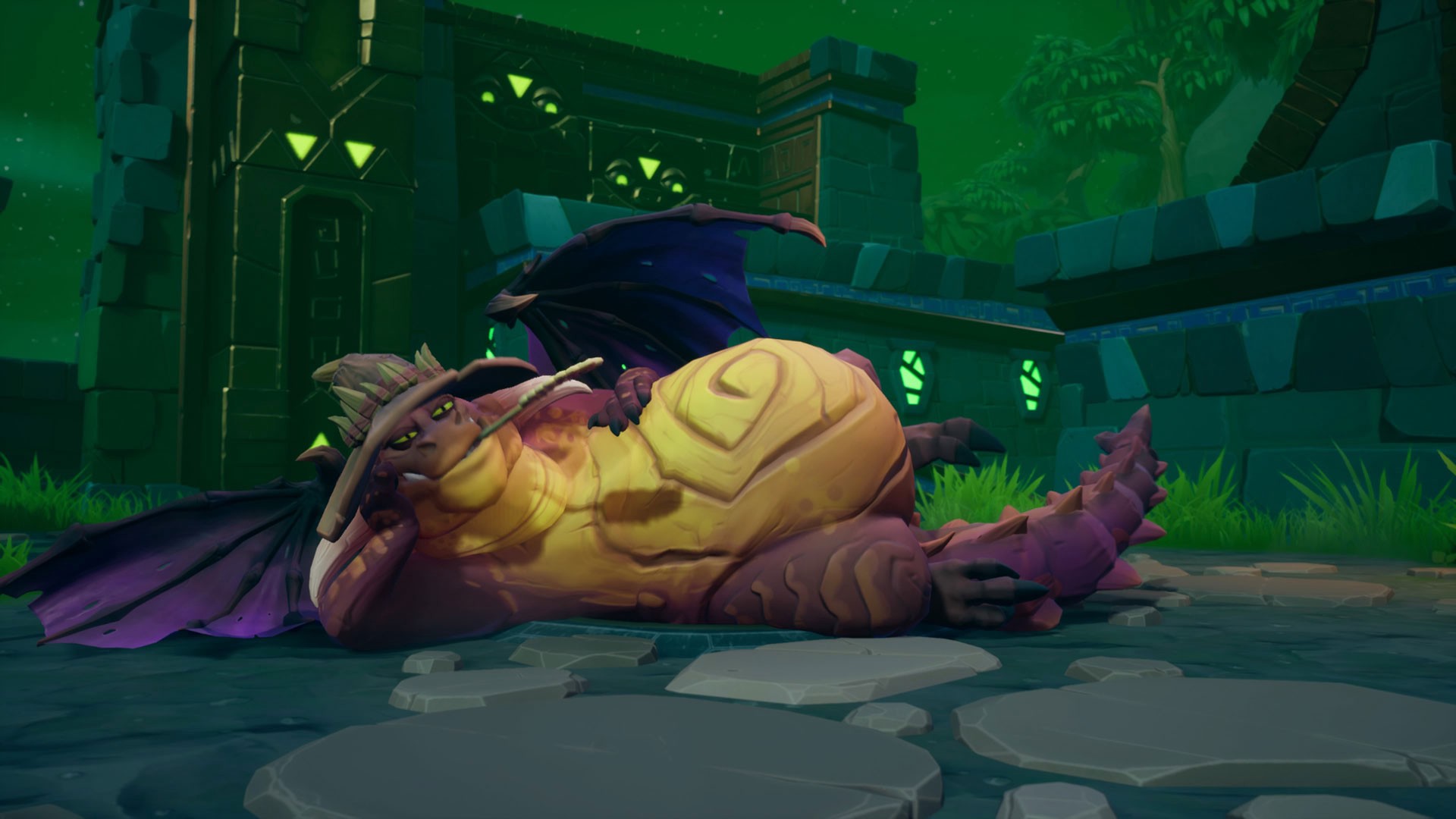 A Dragon being released from crystal
A Dragon being released from crystal
So interestingly enough, dragon eggs are a cooler way to do, orbs, but the problem becomes the repetitive and generic nature of the characters saying I don?t know what a dragon egg is, and handing you an egg, while at the same time the egg hatches to reveal a baby dragon who might have a unique name or color, but has an identical animation to another one. With orbs at least the writers had more creativity in what the characters said when they handed them to Spyro. In addition, gone are the opening and closing cinematics of each level, now I get why that would be cut for a game with 20+ levels, but the ending of each level and how each character just magically knows to go and help Spyro go to the next world is kinda weird. I thought talismans in S2 were a way better way to accomplish this progression gate. This isn?t to say that some levels don?t provide a cool way to start and end the level, for instance the level Charmed Ridge does an excellent job of providing that impact of a living world that exists without Spyro being there.
Spyro Reignited Charmed Ridge Level
My last gripe with S3, is that the trend of lacking character diversity in S1, and S2, continues into S3, except not only do enemies feel the same, but with Rhinocs being the primary enemy of the game, they now all look the same too. Again, not to say there aren?t outliers and cool enemies that don?t feel generic, but I don?t find the enemies in the levels as memorable as I do in S1, and S2. Now it?s obvious that the energy being put into enemy diversity got put into mini-games instead, but that doesn?t change that memorable levels and characters is what makes Spyro so entertaining.
So with the original trilogy out of the way, let?s talk about Toys For Bob?s Reignited Trilogy! The main difference is the updated AAA quality graphics and designs that honestly make the game even better. Now, the problem with remaking a game for fans on the basis of nostalgia and a new audience is that little things will not be the same, but that small difference is what was really memorable about the original. Take Colossus in Spyro 2, the level is infamous for listening to monks chants.
Original Spyro 2 Colossus Monk Chant
Of course in Reignited, that iconic sound effect is no longer there.
Spyro Reignited Colossus Level
There are other small problems, like how the updated design of some mini-games or Spyro?s controls rob the games of their former difficulty, but all in all I think Toys For Bob did a great job. In Reignited each dragon?s look provides a lot of character, to not only themselves but the entire world. I only wish this personality improvement could have been made for the dragon eggs in S3, but with lack of source material I get why they played it safe.
Closing Thoughts:
So with all this information, what might a next gen spyro game look like? Well for starters I would make sure that there are some familiar characters, and the levels and characters feel unique, charming, and memorable. A Spyro game doesn?t need 50 levels with 30 being mediocre, I would definitely think about Extra Credit?s idea of Awesome Per Second. Furthermore, advocating for levels to have S2?s opening and closing cinematics would really cement each level as a living breathing world, in which the player only for a brief time visits. The enemy diversity would have to strike a balance with the minigames.
 Iron-back Spiders in Spyro Reignited High Caves
Iron-back Spiders in Spyro Reignited High Caves
Personally, I would enjoy more specialized enemies, like in S1, the spiders in High Caves, or the special changing enemies in Dark Passage. This could be mini-gamified but it is also cool to use these enemies as part of the levels overall character, difficulty and progression, like in Haunted Towers. Lastly the story and main villain would definitely have to be on-par with Ripto in terms of level of evil. Some Bosses could use S1?s platforming bosses at least as an intermission phase. Doing this could even benefit the boss-character, and overall make fights less arena-focused and gimmicky.
With that, I hope you enjoyed this look at the critically acclaimed purple dragon!
